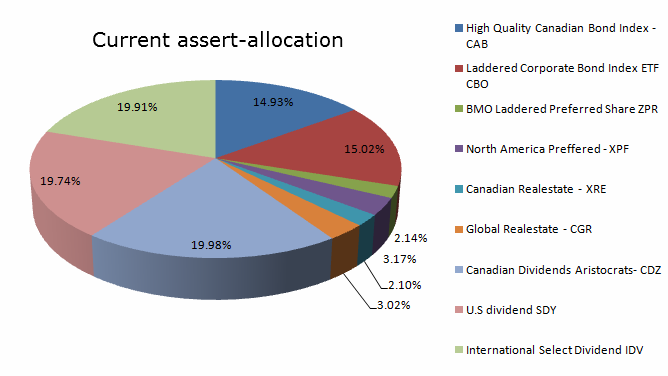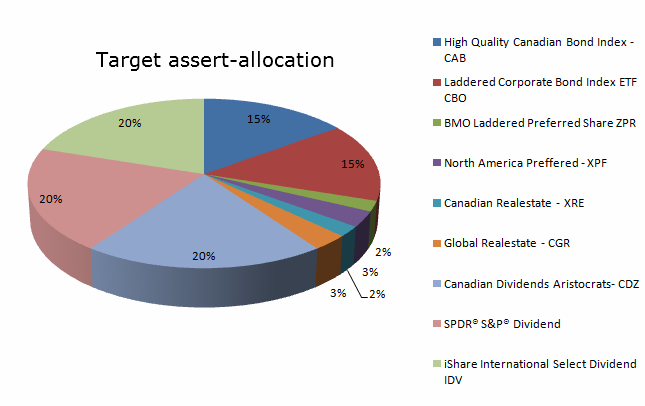Building a Diversified Portfolio Using ETFs
Post on: 21 Декабрь, 2016 No Comment

Building a Diversified Portfolio Using ETFs
One of the hallmarks of a good portfolio is diversity. This is a basic investing principle that most of us are familiar with. However, it can be difficult to build a diverse portfolio using stocks, bonds and cash. Choosing investments starts to become time consuming and risky. This is why many investors choose funds, which consist of a number of different securities lumped together, providing some protection should any one component of the fund lose (as long as other components are doing well, of course). However, actively managed mutual funds can be expensive, with fees eating into returns.
[ad#Content 300250]
For some, building a diversified portfolio using ETFs is an option that might work better. It provides some of the safety features that investors like in mutual funds, with low costs.
What Are ETFs?
Exchange traded funds, or ETFs, are groups of securities that trade like stocks on the market. You can fund bond ETFs, stock ETFs, and even cash ETFs. There are also ETFs for other asset classes, such as commodities, currencies and real estate. Just like other funds, when you invest in an ETF, you are investing in everything contained in that ETF. Many ETFs track specific indexes, so expenses are low, since there is not a lot of active management involved.
When you trade an ETF, it is like trading a stock, so day traders can use them, much as they would regular stocks. It is important to note, though, that because ETFs trade on exchanges like stocks, you are charged the same transaction fee would be charged for a stock.
Building a an ETF Portfolio
Because ETFs can be found for a number of different asset classes, it becomes possible to create an all-ETF portfolio, if you are so inclined.
For those interested in a traditional stock/bond portfolio, it is possible to use the 100 minus your age rule to set up a portfolio. If you are 30, you can invest 70% of your portfolio in stock ETFs, and 30% in bond ETFs. Of course, there are other options as well. If you have a higher risk tolerance, you might take some of that 70% used for stocks, and invest it in currency ETFs or commodity ETFs. Someone who wants a little more safety may decide to add cash ETFs to the portfolio.
ETFs have become more popular in recent years; with expanded offerings, it is possible to create any number of possibilities for your ETF portfolio.

Diversity in Your All-ETF Portfolio
Remember, though, that investing in an ETF doesnt guarantee diversity. Many ETFs are built around securities with similar characteristics. If you have an ETF following clean energy securities, it might help to have another ETF that tracks a different type of industry.
Consider, too, that diversity is not just about asset class. Diversity includes types of industries represented in your ETF portfolio, and a single ETF may not offer that. Diversity can also include adding non-domestic investments to your portfolio. There are a number of foreign ETFs that consist of world stocks, or bonds from emerging market countries.
When An All-ETF Portfolio Might Not Be a Good Idea
As with all things related to finances and investing, an all-ETF portfolio may not be the best option for everyone. Because ETFs trade like stocks, the transaction fees can start to add up if you are continually changing things around in your portfolio. Make sure that you understand your goals, and the costs involved with ETFs. Even though the administrative fees may be lower for this type of fund, the transactions fees can start to add up especially if you are an active trader.
Consult with a financial or investment professional as you build your all-ETF portfolio, and be sure to investigate the tax implications of your investments. This way, you will be prepared for what you find, and you will make the best decisions for you and your portfolio.














